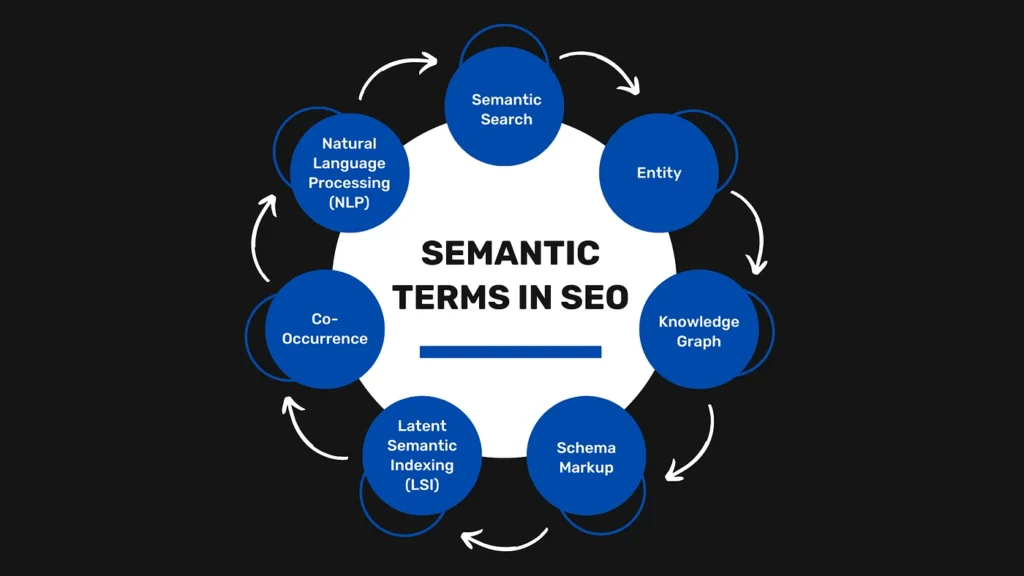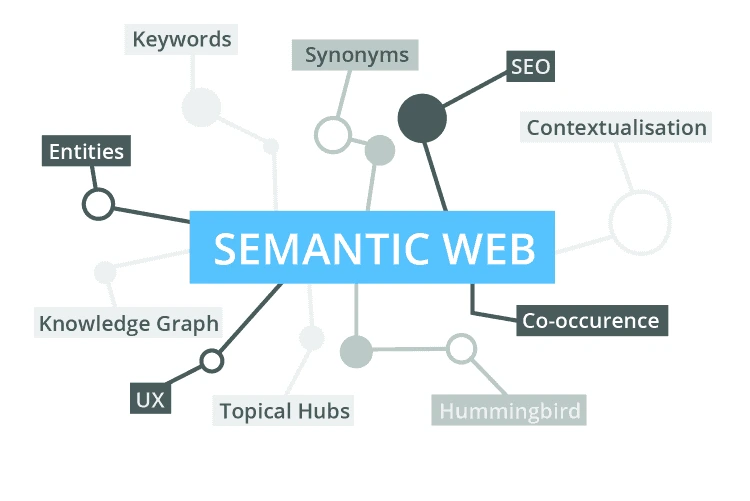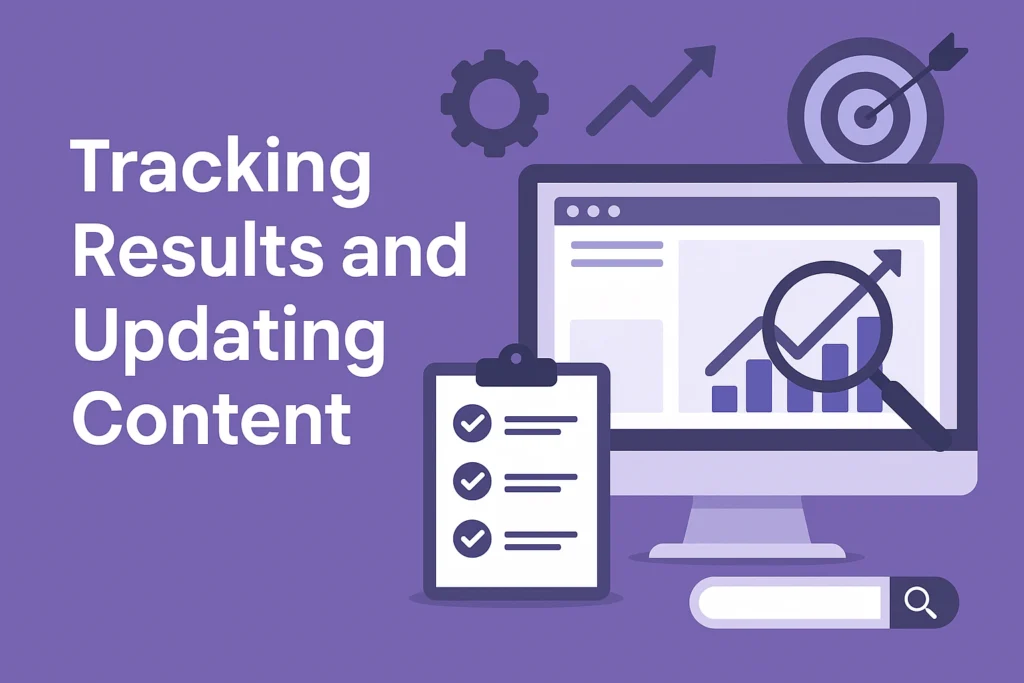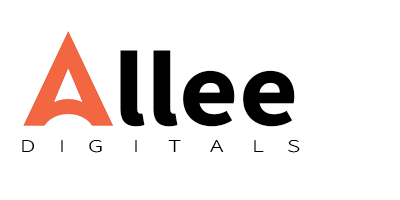Understanding how Ben Stace does semantic SEO is essential for anyone looking to modernize their content strategy. Semantic SEO is now a cornerstone of digital visibility, moving beyond basic keyword usage to focus on intent, structure, and relevance. Ben Stace has become a leading figure in this space by consistently delivering content that ranks well and genuinely helps users.
What Is Semantic SEO and Why It Matters
Semantic SEO means optimizing content around the meaning behind search queries. It helps Google understand what your content is about, not just match words. This includes using related concepts, structured data, and answering specific user questions. When learning how Ben Stace does semantic SEO, it becomes clear that meaning and relevance are at the core of his keyword strategies.

From Keywords to Meaning
Traditional SEO focused on repeating exact keywords. Today, search engines use natural language processing (NLP) to understand the topic. Ben Stace follows this modern approach by addressing broader subjects and intent. He builds content that speaks the user’s language and anticipates what they’re really asking. His approach to semantic SEO incorporates keyword strategies that emphasize intent-based phrases over exact match repetition.
Ben Stace’s Strategy for Semantic SEO
Ben Stace uses a structured, topic-focused method. He builds content that not only informs but connects with user needs. His strategy ensures that content is contextually accurate, helpful, and fully optimized for semantic relevance.
Using Topic Clusters
Ben organizes his content into topic clusters. A pillar page covers a broad subject. Supporting articles explain related ideas. These pages link to each other to improve understanding and authority.
You’ll find a similar structure on many expert-led websites, where authority is built through well-connected content. These links signal to search engines that the site is a trusted source for a specific topic.
When it comes to implementing semantic SEO, keyword strategies are embedded in these clusters. Each supporting page targets semantically related queries that connect back to the main theme.
Mapping User Intent
Each article answers more than one question. Ben considers what readers are looking for and writes with their expectations in mind. His content is structured to serve informational, navigational, and transactional intents where relevant.
He uses different phrases, questions, and angles to address a topic fully. This helps the same page rank for multiple search queries and related keywords that fall under the same semantic topic. Understanding how Ben Stace does semantic SEO gives insight into how to shape content using refined keyword strategies that match real user intent.
Adding Natural Internal Links
Internal links are placed where they help readers. If he mentions an SEO speaker, it’s because it adds context. Links are short and relevant—never distracting.
The homepage at Allee Digitals is a good example of how structure and flow improve user experience. Internal linking helps distribute link equity and guides users through the content journey.
Strategically placed internal links are part of Ben’s keyword strategies. They reinforce semantic connections between topics while keeping the reader engaged.
Structured Data and Entities
Ben enhances his pages with structured data. Schema markup like Article, FAQ, and Person helps Google understand the page better. These additions also improve chances of getting rich results.

Why Entities Matter
Entities are recognized names, tools, and terms. By mentioning these, Ben helps Google connect the content to trusted topics. This approach builds semantic relevance and improves page authority in the search index.
This improves indexing, boosts relevance, and supports rich results like featured snippets. Search engines use entity recognition to rank content more precisely, especially for broad and complex topics. These elements are integral to how Ben Stace does semantic SEO successfully.
Building Helpful Content
Ben focuses on value. He creates guides that stay relevant over time. These articles aren’t meant to chase short-term trends but to provide in-depth knowledge on important subjects.
Writing Evergreen Content
Each guide is in-depth and updated regularly. Instead of chasing trends, Ben focuses on topics that matter long term. His posts become resources that people keep returning to. He updates posts with fresh data, links, and examples to maintain accuracy.
In his keyword strategies, Ben ensures each piece of content aligns with evolving search behaviors, making them sustainable assets for organic traffic.
Improving Readability and Flow
Readable content performs better. Ben makes sure every section is easy to scan and understand. His writing uses active voice and avoids jargon wherever possible.
Making Content User-Friendly
He uses:
- Short paragraphs
- Clear headings
- Bullet points where needed
- Simple sentence structure
This improves time-on-page and makes the content accessible. Better readability also increases engagement and helps with SEO by lowering bounce rates. These are important considerations in how Ben Stace does semantic SEO with a user-first approach.
Tracking Results and Updating Content
Ben doesn’t publish and forget. He checks analytics to see how content performs. He relies on performance metrics to optimize and refresh his posts.

Data-Driven SEO
Using tools like Google Analytics and Search Console, Ben monitors user behavior. He updates pages to improve engagement and rankings. This includes adjusting headlines, rewriting low-performing sections, and optimizing internal links.
These data-backed revisions form a core part of his keyword strategies, helping his content adapt and continue performing well in evolving search landscapes.
FAQs
What is semantic SEO
Semantic SEO is writing content based on meaning and user intent, not just keywords. It focuses on covering a topic deeply and clearly, using related terms and answering common questions.
How does Ben structure his content
He uses topic clusters and links related pages to show authority and relevance. Each main article acts as a pillar and is supported by smaller, more specific posts that add depth to the topic.
Why are internal links important
They guide users, improve site structure, and help search engines understand relationships between pages. Internal links also keep users engaged with more content.
Does Ben use keyword stuffing
No. He uses varied terms and answers real questions to keep content natural. His goal is clarity and helpfulness, not just keyword ranking.
What is structured data
It’s code that explains the page to search engines, helping improve visibility. Structured data types like FAQ or Article can also improve how your content appears in search results.
How does he know what to update
He checks data from tools to see which parts users engage with most. Then he refines content, adds new insights, or reorganizes layout to keep it effective.
Can beginners follow his strategy
Yes. Start by creating one main topic and build smaller related pages around it. Make sure to interlink and focus on answering real questions.
How is readability improved
Short paragraphs, clear headings, and plain language keep the content easy to read. These practices help users stay longer and engage better.
Conclusion
Ben Stace’s method focuses on structure, clarity, and meaning. By using topic clusters, internal links, schema markup, and user-focused writing, he creates SEO content that performs. His strategy is sustainable, easy to follow, and perfect for building long-term success. Whether you’re a beginner or an experienced marketer, applying semantic SEO the way Ben does can lead to stronger search presence and user trust. The key to understanding how Ben Stace does semantic SEO lies in observing how he uses keyword strategies to serve both users and search engines effectively.

